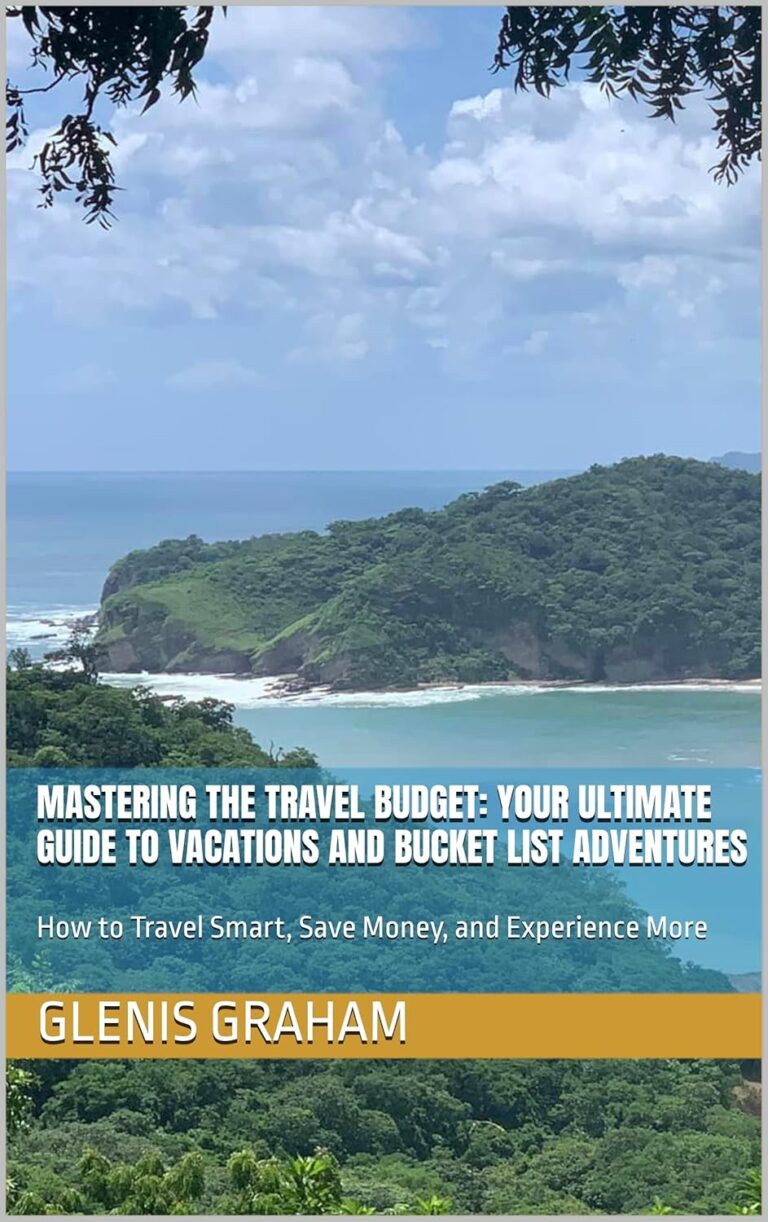Unveiling the Top Handicap-Accessible Attractions: Making Travel Inclusive for All
Travel is often seen as an enriching and rewarding experience, allowing individuals to explore new cultures, create memories, and broaden their perspectives. However, for people with disabilities, planning a trip can be a daunting task. The lack of accessibility in many tourist destinations has long been a barrier for these individuals, making it difficult for them to fully enjoy their travel experiences. However, there is hope on the horizon as more and more handicap-accessible attractions are being unveiled, making travel inclusive for all.
One of the top handicap-accessible attractions in the world is the Eiffel Tower in Paris, France. Renovated in 2019, the iconic landmark now offers accessible ramps and elevators, ensuring that wheelchair users can reach its highest level. This development has made it possible for people with disabilities to admire the breathtaking views of the city of love without any limitations.
Similarly, in the United States, the Grand Canyon National Park has taken significant steps to improve accessibility. Visitors can now enjoy wheelchair-accessible shuttle buses that provide breathtaking views of the park. Additionally, many of the park’s viewpoints and trails have been made wheelchair-friendly, allowing people with disabilities to experience the awe-inspiring beauty of the Grand Canyon up close.
The countries of Scandinavia are also leading the way in creating inclusive travel experiences. One shining example is Iceland, which has become increasingly popular due to its handicap-accessible attractions. The Blue Lagoon, a world-renowned geothermal spa, has ensured that individuals with disabilities have equal opportunities to enjoy its luxurious waters. With accessible changing facilities and ramps, visitors can easily access the healing waters and rejuvenate themselves in this truly unique natural wonder.
In Denmark, the Tivoli Gardens amusement park in Copenhagen has made considerable efforts to cater to people with disabilities. Known for its thrilling rides and beautiful gardens, Tivoli Gardens has introduced wheelchair-accessible rides and designated seating areas to ensure everyone can enjoy the thrill and excitement the park has to offer.
In order to make travel more inclusive, it is also important to mention several organizations and initiatives that promote accessible tourism. The Open Doors Organization, for example, is a non-profit organization in the United States that provides valuable resources and information to travelers with disabilities. Their website offers a comprehensive guide to accessible attractions, transportation, and accommodations across the country.
Furthermore, the Accessible Travel Foundation is a global initiative that aims to foster greater accessibility in the tourism industry. Their website provides a platform for travelers to share their experiences and recommendations for accessible destinations. By creating an inclusive community of travelers, the foundation encourages the development of handicap-accessible attractions and raises awareness about the importance of accessibility in the industry.
It is heartening to see the increasing number of handicap-accessible attractions worldwide, as it signifies a shift towards a more inclusive travel experience. However, there is still work to be done. Governments, businesses, and society as a whole need to continue investing in infrastructure and services that ensure accessibility for all. By doing so, we can create a world where people with disabilities can fully participate in and enjoy the wonders of travel.
![]()






